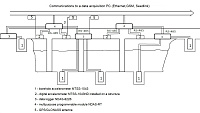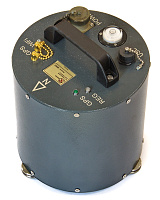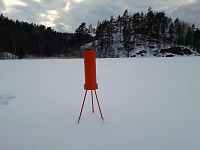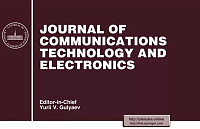2021: research article on measuring complexes to monitor railway facilities
The Railway Track and Facilities journal published an article titled 'Measuring complexes to monitor railway facilities in seismically hazardous regions' (in Russian).
The article tells about creation and testing of a model of the measuring complex for the seismic monitoring system of railway infrastructure facilities.
The novelty of the system was the use of a highly sensitive molecular-electronic seismic accelerometer as a measuring element and a realtime data transfer module based on a single-board Linux-run computer.
The advantages of the used solutions are capabilities to observe a low-frequency component of the facility’s vibration spectrum, continuous monitoring of the facility along with transfer of seismic data over wired or wireless networks, detection of seismic events and sending messages to the system operator in real time.
A distinctive feature of the complex is a flexible configuration for each monitoring facility.





